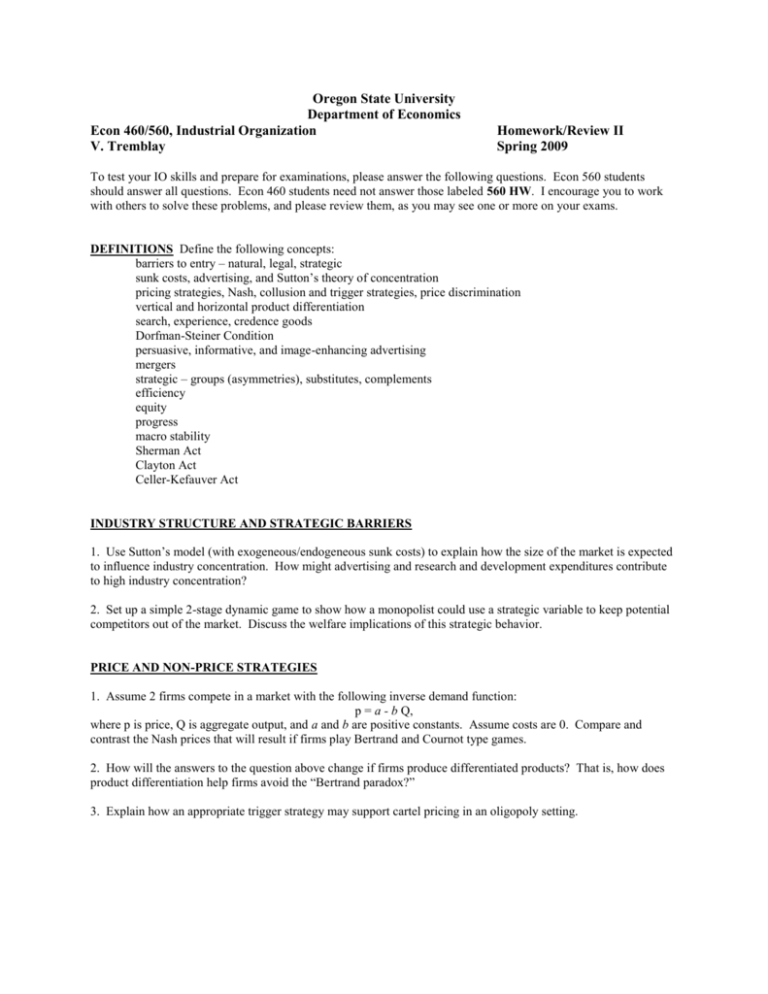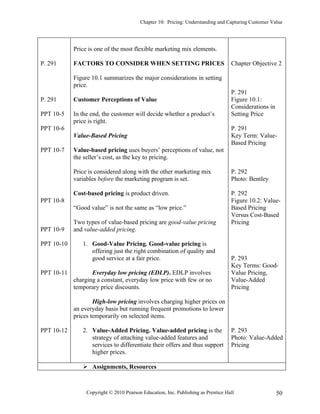Price competition and nonprice competition are two types of competition that firms engage in to attract and retain customers. While price competition refers to the competition based on the price of the product or service, nonprice competition refers to the competition based on factors other than price.
Price competition is a common form of competition, especially in markets with a high level of product substitutability. In price competition, firms compete by offering their products or services at a lower price than their competitors. This can be achieved through various means, such as reducing production costs, improving efficiency, or offering discounts and promotions. The main goal of price competition is to attract price-sensitive customers who are willing to trade off other factors for a lower price.
However, price competition can also have negative consequences for firms. For example, if firms engage in a price war, they may end up lowering their prices to a point where they are not making a profit. Moreover, a focus on price may lead firms to sacrifice quality or other important factors in order to reduce costs.
On the other hand, nonprice competition refers to competition based on factors other than price. This can include competition based on product quality, brand reputation, customer service, convenience, and other intangible factors. Nonprice competition is often used by firms to differentiate their products or services from those of their competitors.
One advantage of nonprice competition is that it allows firms to differentiate themselves in a crowded market and establish a unique selling proposition. For example, a luxury car manufacturer may differentiate itself based on the quality and craftsmanship of its cars, rather than just the price. Nonprice competition also allows firms to charge a premium price for their products or services, as customers are willing to pay more for the added value.
However, nonprice competition can also be challenging for firms, as it requires a strong focus on product or service quality and customer satisfaction. This can be costly and time-consuming, and there is no guarantee that customers will be willing to pay a premium price.
In conclusion, price competition and nonprice competition are two forms of competition that firms engage in to attract and retain customers. While price competition focuses on offering lower prices, nonprice competition focuses on differentiating the firm's products or services based on other factors such as quality, brand reputation, and customer service. Each form of competition has its own advantages and challenges, and firms must carefully consider which strategy is most appropriate for their particular market and customers.









